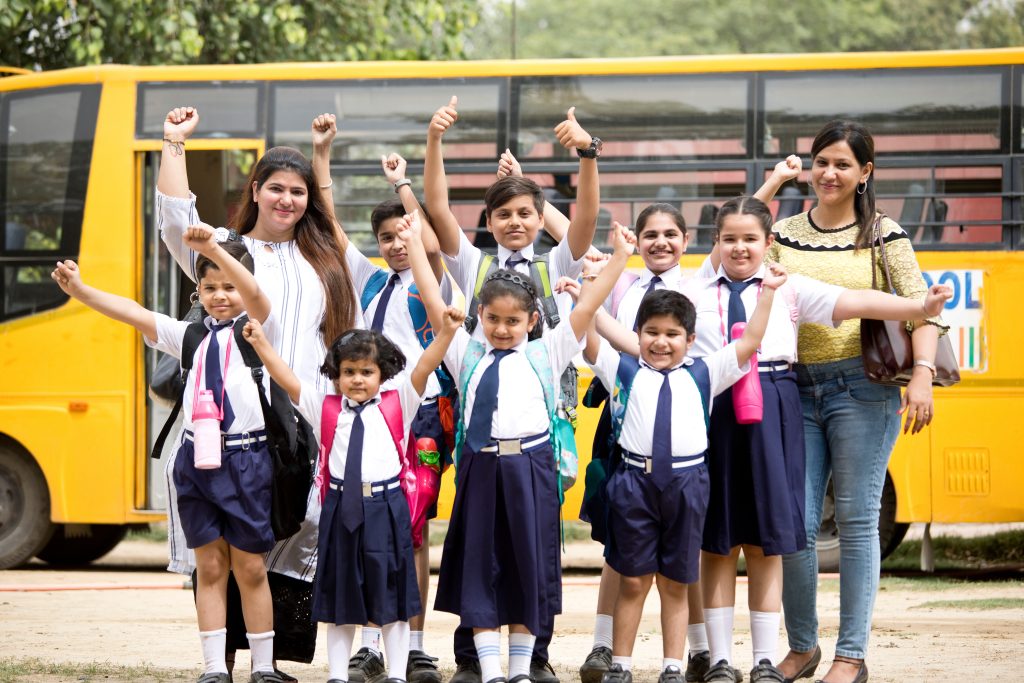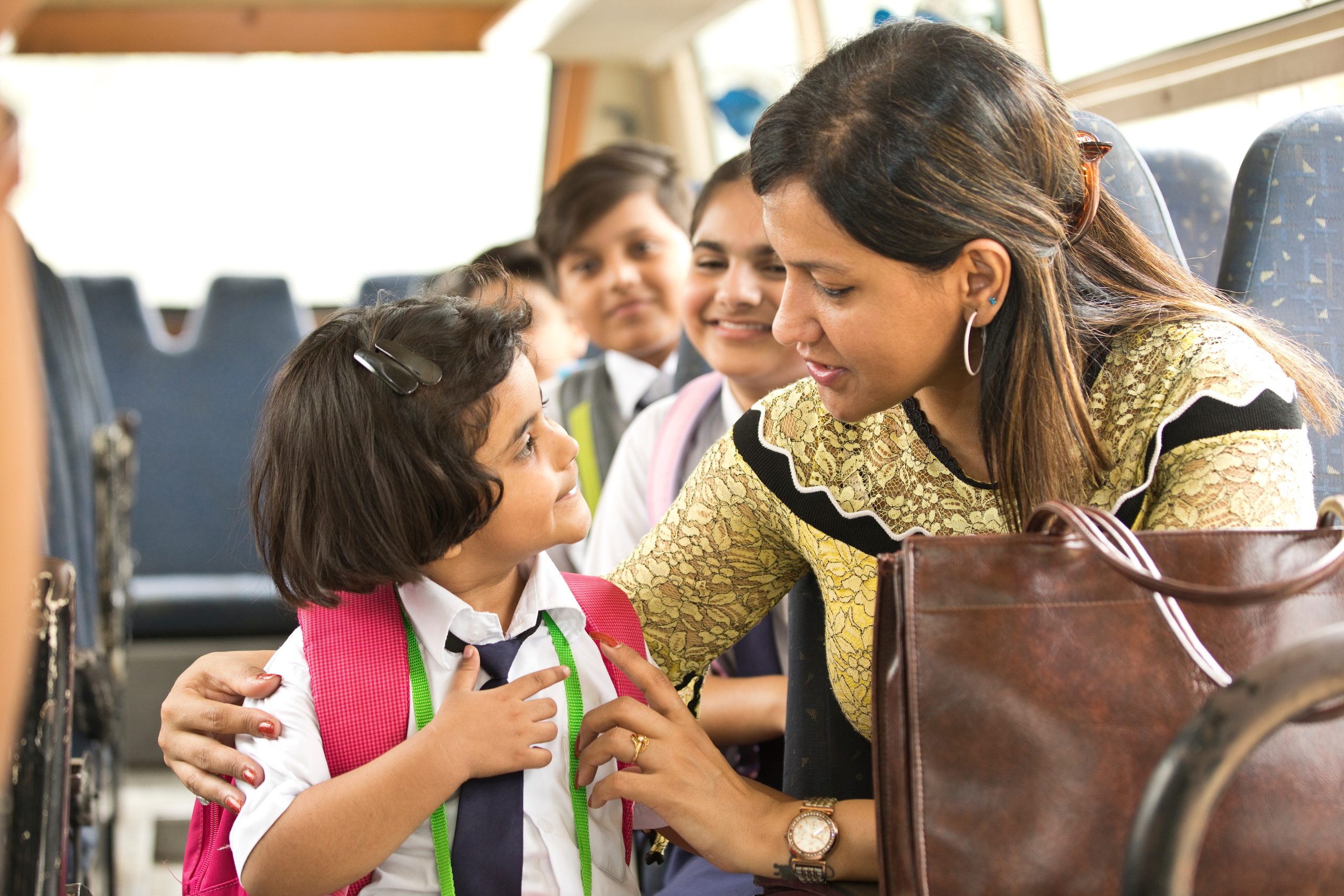For around 2 decades, my classroom walls have been adorned with maps – vibrant tapestries of mountains, rivers, and sprawling cities. As a Geography teacher in an Indian school, I’ve always believed that true geographical exploration transcends the confines of textbooks and classrooms. It’s about fostering a connection with the world, a world that, for my students in India, begins right outside our doorstep.
The Monsoon: More Than Just Rain
I recall one particular lesson on the Indian monsoon. Instead of relying solely on diagrams and definitions, we ventured out to our school’s mini-botanical garden. We felt the humid air, observed the darkening clouds, and smelled the distinct earthy scent that heralded the approaching rain. This tangible experience breathed life into the theoretical, transforming the monsoon from an abstract concept into a living, breathing phenomenon. The students’ excitement was palpable; they were no longer passive recipients of information but active participants in their learning journey. Although parents were not happy because of the dirty shoes and school dress later!
Field Trips: Learning Beyond the Classroom
India, with its diverse landscapes and rich cultural tapestry, offers a unique advantage to geography educators. A lesson on plateaus can come alive with a field trip to the Ruins of Hampi in the Deccan Plateau, studying its unique rock formations, monuments and understanding its impact on local agriculture. The mighty Himalayas, visible from many parts of North India, are not just mountain ranges on a map; they are a testament to the power of tectonic forces, a source of life-giving rivers, and home to diverse cultures and traditions. We can teach about rivers, types of stones, natural calamities, step agriculture and a lot more by just visiting the foothills of the Himalayas. Although, I would love to take a group of older children to the Leh-Ladakh region to show them the clear beauty of a pollution-free environment. The people their are awesome and have such a simple worry-free lifestyle.
Engaging with local communities is equally crucial. A visit to a nearby village can reveal the intricate relationship between people and their environment – how they adapt to local climate, utilize resources, and develop unique cultural practices. Such experiences not only enrich geographical understanding but also foster empathy and appreciation for the diverse communities within our own country.

Technology: A Double-Edged Sword
Technology, of course, plays a crucial role. Satellite imagery helps students visualize the sprawling expanse of the Ganges delta, while GIS tools allow them to analyze urban growth patterns in cities like Delhi or Mumbai. But these technologies should complement, not replace, hands-on learning. In my experience, the combination of technology and direct interaction with the environment creates a powerful, holistic learning experience.
As geography educators in India, we have the unique privilege of opening up the world to our students, a world that begins in our own backyard. Let’s encourage them to explore, question, and connect with the world around them, fostering a generation of young geographers who not only understand the world but also strive to make it a better place.

Connecting With the World Around Us
In a world saturated with digital exploration, where we can virtually traverse the globe with a mere click, the allure of physical geographical exploration might appear diminished. However, the intrinsic value of physically connecting with the world around us, traversing its diverse landscapes, and immersing ourselves in its rich tapestry of cultures remains profound. Geographical exploration not only satisfies our innate curiosity but also cultivates a deeper understanding and appreciation of our planet and its inhabitants.
The Joy of Exploration
At its heart, geographical exploration transcends merely checking off destinations on a bucket list; it is about forging meaningful connections with the environments and communities we encounter. I always try to connect with local schools so that we can have a short interaction between our schools. The students learn a lot by that even though nature in itself is the biggest teacher. Whether scaling towering peaks, traversing vast deserts, or navigating dense jungles, each expedition offers a first-hand glimpse into nature’s wonders and insights into the intricate workings of our planet’s ecosystems.
Geographical exploration possesses a unique ability to transcend boundaries, both physical and cultural. Venturing into new territories exposes us to a myriad of languages, traditions, and belief systems, broadening our worldview and challenging preconceived notions. Even a short trip to the nearby state makes children realise how dialects change with distance. Sharing meals with local families, participating in age-old ceremonies – these immersive experiences foster empathy and cultural understanding, bridging divides and forging connections across continents.

Growth Through Exploration
Stepping outside our comfort zones and confronting the unknown through geographical exploration catalyzes personal growth and self-discovery. Facing the elements in the wilderness or navigating unfamiliar customs in a foreign land builds resilience and cultivates a sense of humility and gratitude. I clearly remember our trip to Jaipur where the heat was unbearable but the children still enjoyed a visit to the Hawa Mahal! Each challenge overcome becomes a testament to our capacity for adaptability and perseverance.
Technology and Ethics in Exploration
Undeniably, technology has revolutionized how we explore the world, granting unprecedented access to information and resources. Satellite imagery, GPS navigation, and virtual reality facilitate the planning and execution of expeditions, enabling us to venture into remote and inaccessible regions with enhanced precision and safety. However, while these advancements expand the scope of geographical exploration, they should complement, not replace, the tactile experience of traversing landscapes and engaging with local communities. With that being said, we should always remember to adopt sustainable practices, respect local customs, and support community-led initiatives. We should ensure that our field trips with children leave a positive impact on both the environment and local inhabitants.
A Journey of Discovery
Ultimately, geographical exploration offers a gateway to the world, inviting us to embark on a journey of discovery, connection, and growth. Each adventure, whether scaling towering peaks or wandering bustling market streets, enriches our lives in ways that extend far beyond the horizon. As we continue to explore the vast wonders of our planet, let us do so with reverence, humility, and an unwavering commitment to fostering harmony. Children should understand India and spread the knowledge to the world, as diverse as it is interconnected.

Further Reading:
Exploring India’s Rich History of Exploration and Travel:
- “The Discovery of India” by Jawaharlal Nehru (Penguin, 2008) – A classic text offering a historical and philosophical reflection on India’s civilization and its interactions with the world.
- India by design: colonial history and cultural display. by Mathur, S. (2007) Univ of California Press. – A visually engaging exploration of India through the eyes of travellers across history, highlighting diverse perspectives and narratives.
- “Around India in Eighty Trains” by Monisha Rajesh (Roli books, 2012) – A modern reimagining of Jules Verne’s classic, offering a contemporary journey through India’s diverse landscapes and cultures.

